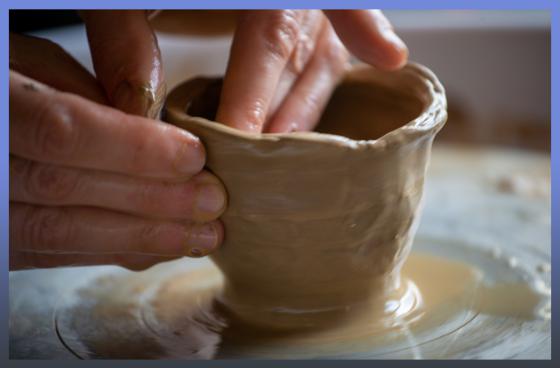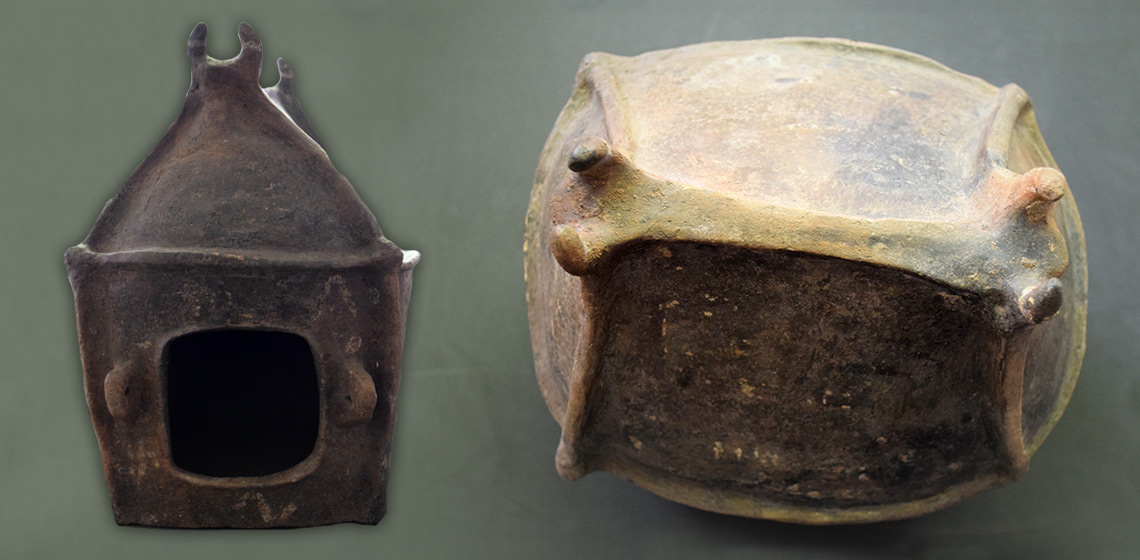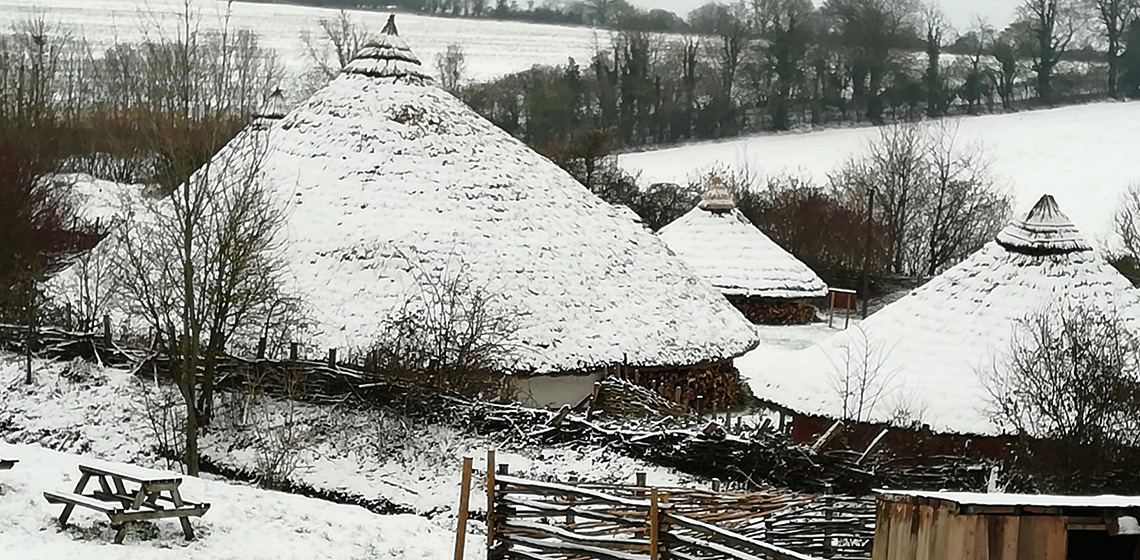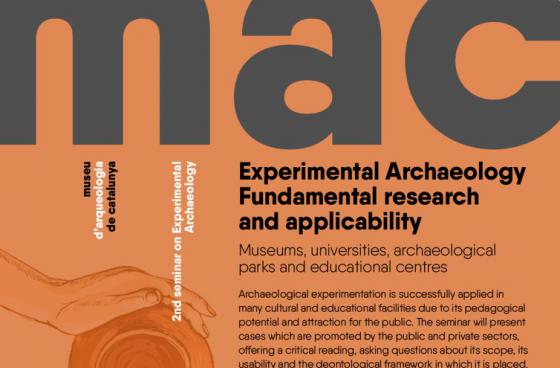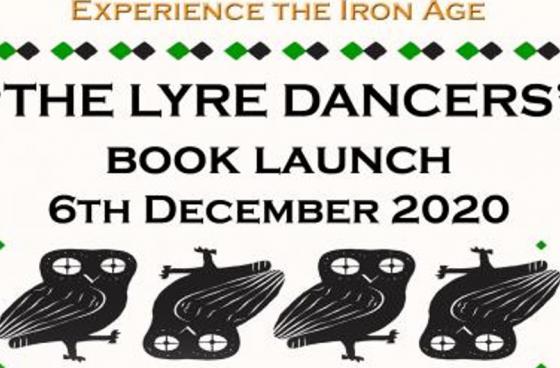As a national center for learning about and promoting Ainu history and culture, Upopoy (National Ainu Museum and Park) (ウポポイ(民族共生象徴空間)) enables people of all nationalities and ages to learn about the Ainu’s worldview and respect for nature. It also acts as a symbol of a society based on mutual respect and coexistence, passing on and sharing various aspects of Ainu culture, which has developed over many years and is influenced by the surrounding nature.
The Ainu are an indigenous people in the northern region of the Japanese archipelago, particularly Hokkaido. The Ainu culture is distinctive, with a language that is unrelated to Japanese, a spirituality that holds that spirits dwell in every part of the natural world, traditional dances that are performed at family events and festivals, and crafts such as wood carving and embroidery that incorporate unique patterns.


